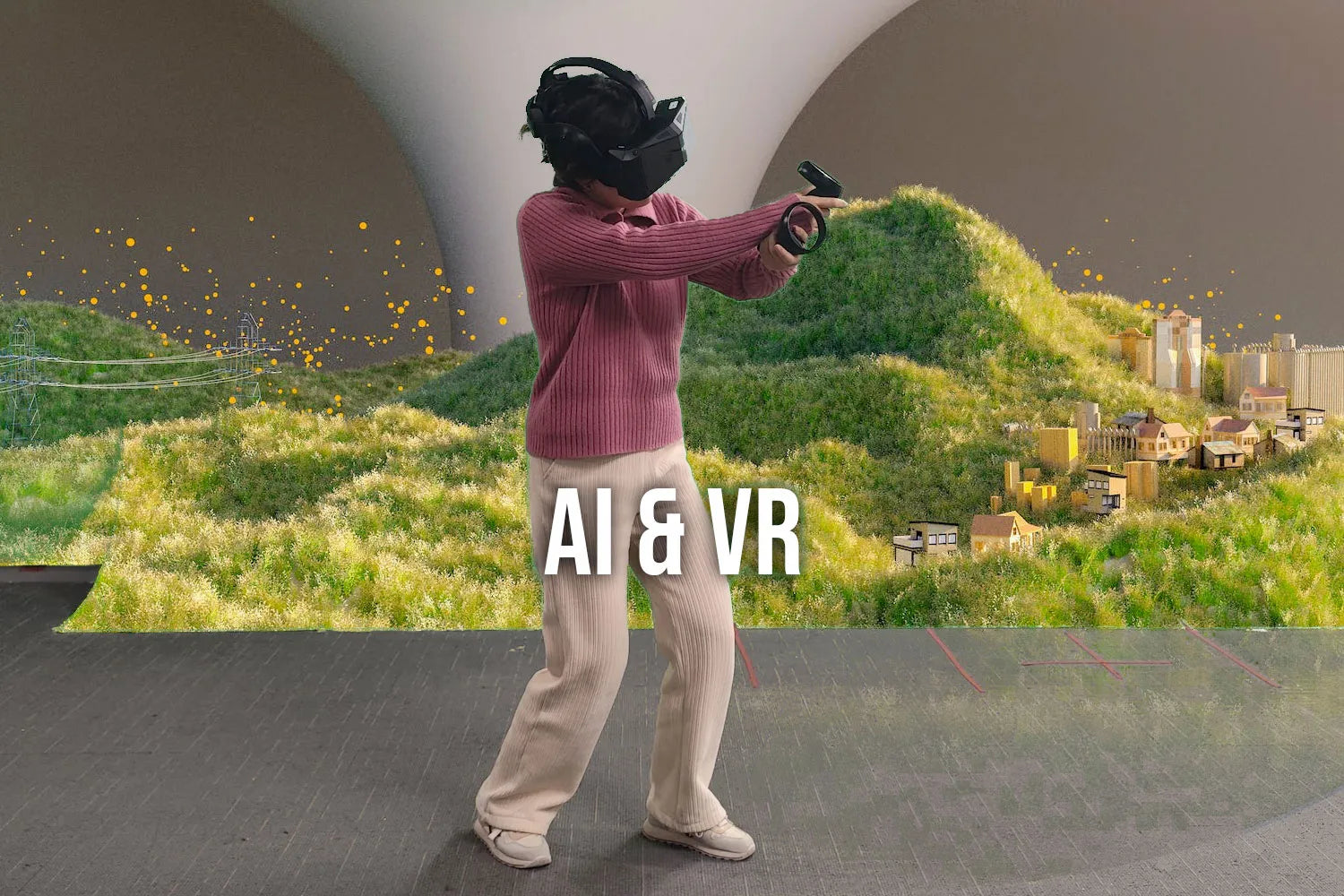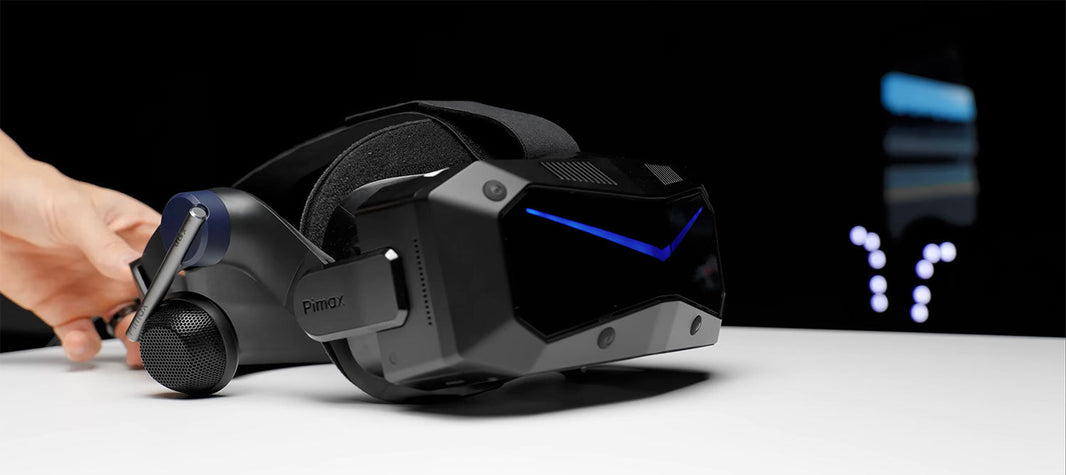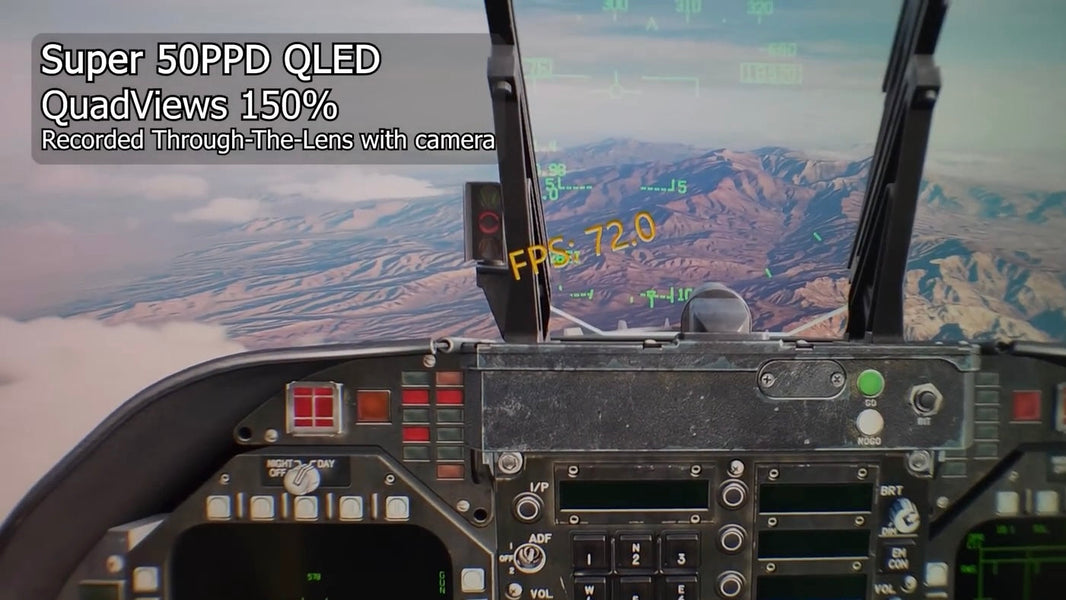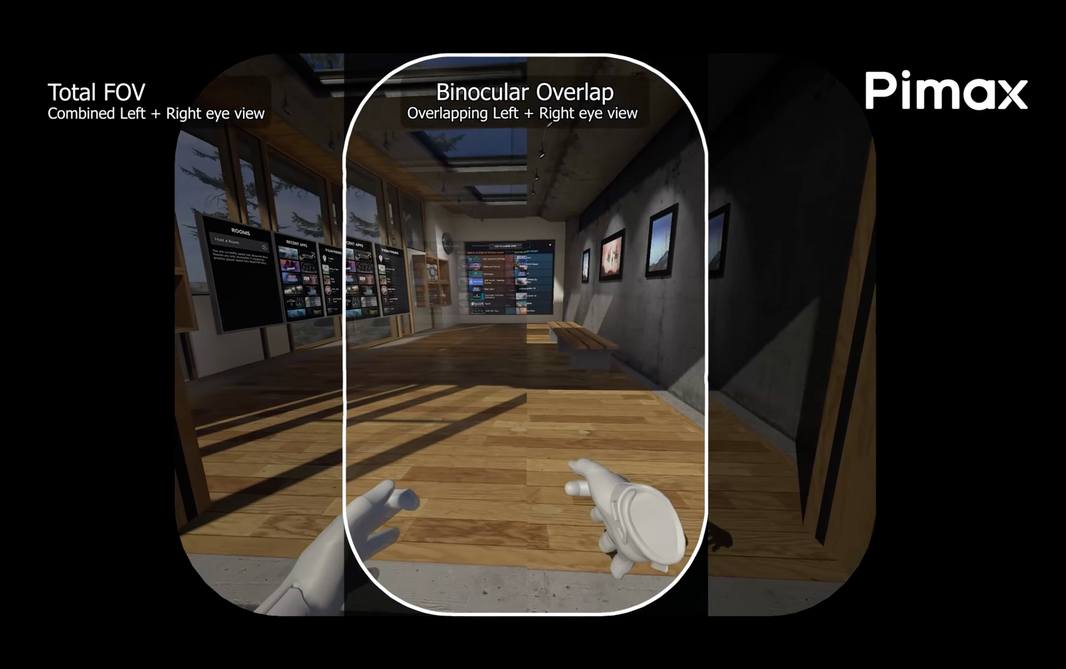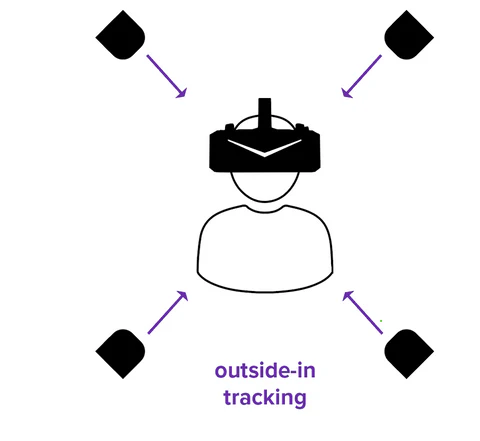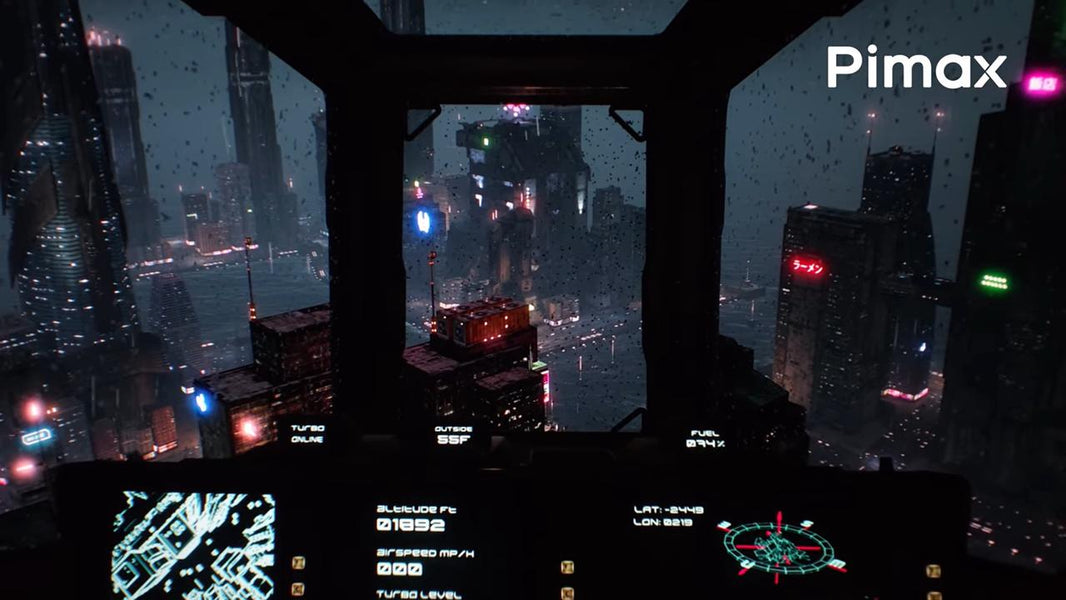Imagine this...
Imagine you put on your VR headset and load your favorite RPG. While the game is loading, a whole world is generated by artificial intelligence — so it's unique every time and personally made for you.
Once in the world, the animals and monsters are all directed by A.I., not by some simple script, so they all behave differently from each other. They also interact with each other and other factors, such as the weather and magic appearing over the world.
Also, the NPC characters are powered by A.I. so all the interactions and conversations with NPCs can also be deep and meaningful — like how you can already make conversations with ChatGPT.
How does that sound?
AI & VR can make for the most realistic & immersive experience
The main aim for gamers of virtual reality is immersion, and AI can help create realistic and believable opponents, worlds, and climate behaviors. So yeah, AI (Artificial Intelligence) and VR (Virtual Reality) can work together in various ways to enhance and improve user experiences, create more realistic simulations, and enable new applications across different industries. Here are some ways in which AI and VR can collaborate:
- - Realistic Environments: AI can be used to generate and populate VR environments with realistic, dynamic elements. For example, AI algorithms can create lifelike NPCs (Non-Player Characters) that react to the user's actions, making virtual worlds feel more immersive.
- - Personalized Content: AI can analyze user data and preferences to tailor VR experiences. It can recommend content, adjust difficulty levels in games, or provide customized training scenarios for educational and professional applications.
- - Natural Language Interaction: AI-powered natural language processing (NLP) can enable users to have more natural conversations with virtual characters or objects in a VR environment.
- - Enhanced Learning and Training: AI can create adaptive and personalized training simulations in VR. For example, it can adapt to the difficulty of a training module based on the user's performance, provide real-time feedback, and track progress. (See how real pilots use flight sims in VR)
- - Object Recognition and Interaction: AI can help VR systems recognize real-world objects and integrate them into virtual experiences. This can be used in gaming, education, or simulation training.
- - Gesture and Emotion Recognition: AI can analyze user gestures, facial expressions, and emotions in real-time to create more interactive and emotionally responsive virtual experiences.
- - User Behavior Analysis: AI can track and analyze user behavior within VR to improve the overall experience, such as optimizing content recommendations, identifying pain points, and reducing motion sickness.
- - Content Generation: AI can generate 3D models, textures, and audio for VR environments, which can save time and resources during content creation.
- - Predictive Analytics: AI can predict user actions and adjust VR environments accordingly, enhancing immersion and user engagement.
To make these collaborations successful, AI and VR developers need to work closely together to integrate AI algorithms into VR systems, ensuring that the two technologies are seamlessly connected and can interact in real-time. As AI and VR technologies continue to advance, the possibilities for their integration will only expand, creating more exciting and immersive experiences for users in various fields. We look forward to these two technologies working together!


